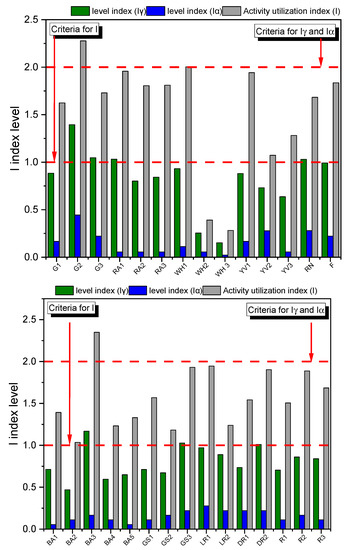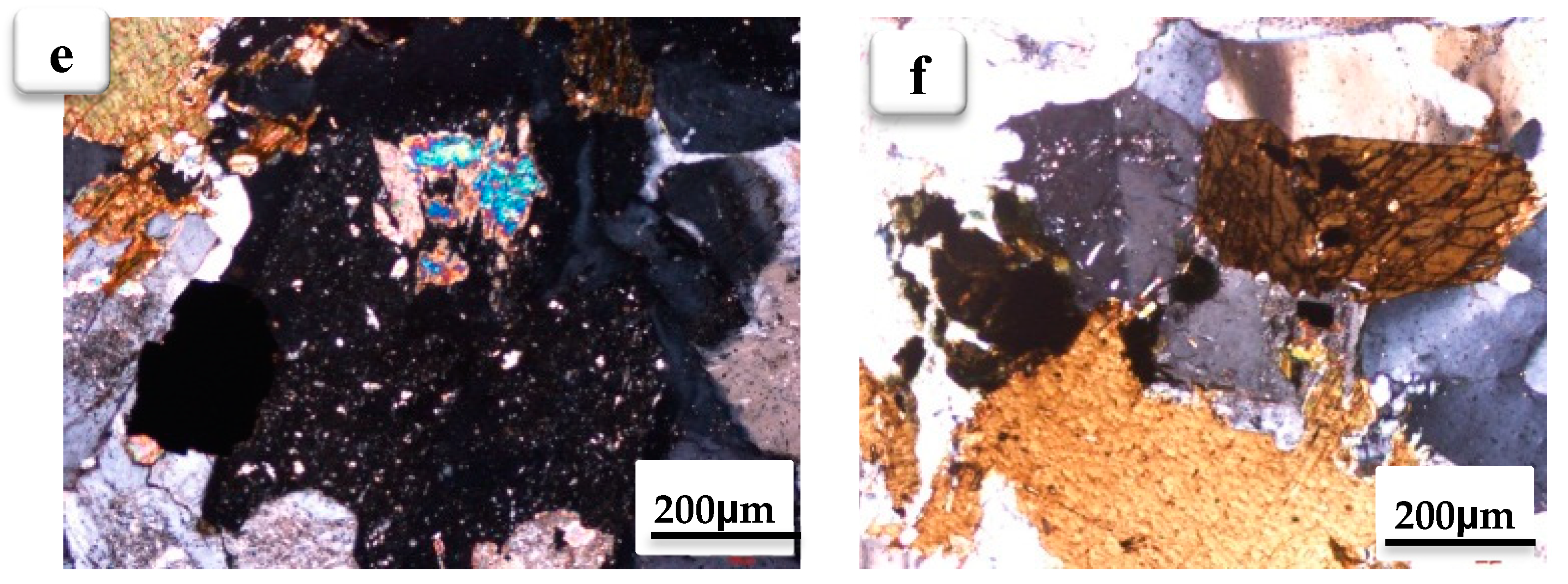

, 1997, The detection of potassic alteration by Gamma-Ray Spectrometry – Recognition of alteration related to mineralisation. , 2006, Towards an Australian radioelement baseline database: Paper presented at the 18th International Geophysical Conference and Exhibition, Australian Society of Exploration Geophysicists, Melbourne, 2–6 July 2006. Merging airborne magnetic surveys into continental-scale compilations: Geophysics 68, 988–995. , 2005, A global radioelement baseline for gamma-ray spectrometric data: Proceedings Series, Uranium production and raw materials for the nuclear fuel cycle – Supply and demand, economics, the environment and energy security (Proceedings of an international symposium, Vienna, 20–24 June 2005), IAEA, Vienna, 2006, 195–201.Īutomatic merging of gridded airborne gamma-ray spectrometric surveys: Exploration Geophysics 31, 47–51.
#Iaea tecdoc 1363 portable#
, 1984, The calibration of portable and airborne gamma-ray spectrometers – theory, problems and facilities: Report Risø-M-2456, Roskilde. IAEA, 2009, Status of radioelement mapping – towards a global radioelement baseline: IAEA-TECDOC-(in prep), International Atomic Energy Agency, Vienna. IAEA, 2003, Guidelines for radioelement mapping using gamma-ray spectrometry data: IAEA-TECDOC-1363, International Atomic Energy Agency, Vienna. International Atomic Energy Agency, Vienna. IAEA, 1991, Airborne gamma-ray spectrometer surveying: Technical Report Series, No. IAEA, 1990, The use of gamma-ray data to define the natural radiation environment: IAEA-TECDOC-566, International Atomic Energy Agency, Vienna. Report-IAEA/RL/148, International Atomic Energy Agency, Vienna. IAEA, 1987, Preparation and Certification of IAEA Gamma-ray Spectrometry Reference Materials RGU-1, RGTh-1 and RGK-1: Techn. , 1992, Back calibration and reprocessing of an airborne gamma-ray survey, Malaysia: Expanded Abstracts, 62nd Annual Meeting, Society of Exploration Geophysicists, 550–551. , 1991, Transportable calibration pads for ground and airborne gamma-ray spectrometers: GSC Paper 90–23, Geological Survey of Canada, Ottawa. | Crossref | GoogleScholarGoogle Scholar |Īn Australian facility for the calibration of portable gamma-ray spectrometers: Exploration Geophysics 15, 260–262. S., 2004 ,Ī high-resolution, calibrated airborne radiometric dataset applied to the estimation of crustal heat production in the Archaean northern Pilbara Craton, Western Australia: Precambrian Research 128, 57–82. This enables the assessment of key mineralogical and geochemical properties of bedrock and regolith materials from different geological provinces and regions with contrasting landscape histories.īodorkos, S., Sandiford, M., Minty, B. Interpreters can use the map to reliably compare the radiometric signatures observed over different parts of Australia. The levelled database has been used to produce the first ‘Radiometric Map of Australia’ – levelled and merged composite potassium (% K), uranium (ppm eU) and thorium (ppm eTh) grids over Australia at 100 m resolution. The database is thus effectively levelled to the IAEA datum.

We have used the AWAGS data to level the national radioelement database by estimating survey correction factors that, once applied, minimise both the differences in radioelement estimates between surveys (where these surveys overlap) and the differences between the surveys and the AWAGS traverses. The AWAGS survey has been back-calibrated to the International Atomic Energy Agency’s (IAEA) radioelement datum. To solve these problems, Geoscience Australia has undertaken an Australia-Wide Airborne Geophysical Survey (AWAGS), funded under the Australian Government’s Onshore Energy Security Program, to serve as a radioelement baseline for all current and future airborne gamma-ray spectrometric surveys in Australia. This limits the usefulness of the database as it is not possible to easily combine surveys into regional compilations or make accurate comparisons between radiometric signatures in different survey areas.

However, the individual surveys that comprise the national gamma-ray spectrometric radioelement database are not all registered to the same datum. Geoscience Australia and the Australian State and Territory Geological Surveys have systematically surveyed most of the Australian continent over the past 40 years using airborne gamma-ray spectrometry to map potassium, uranium and thorium elemental concentrations at the Earth’s surface.


 0 kommentar(er)
0 kommentar(er)
